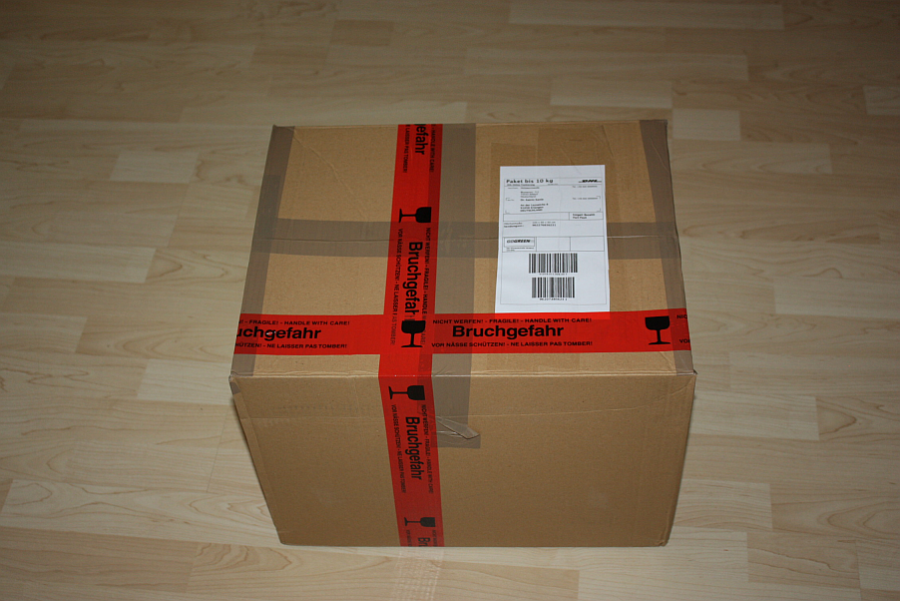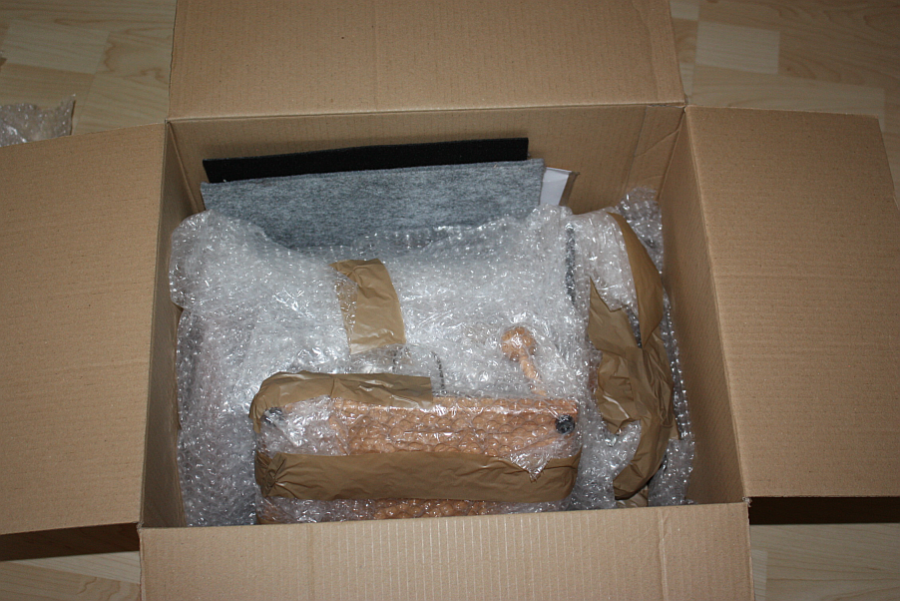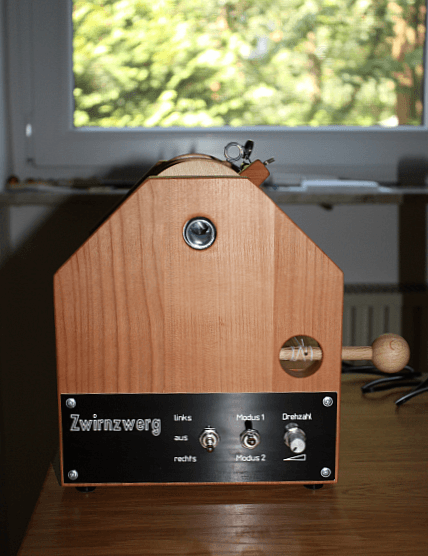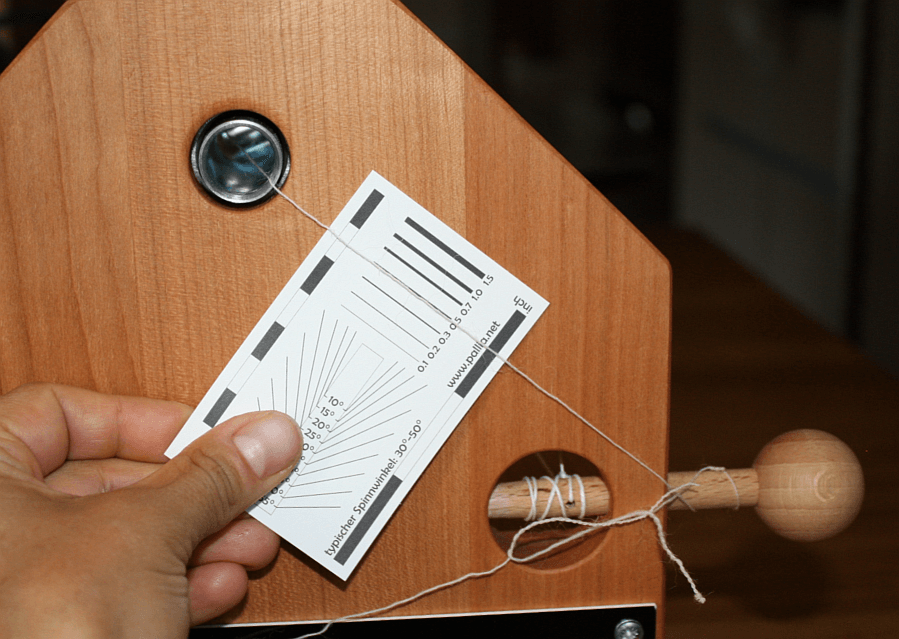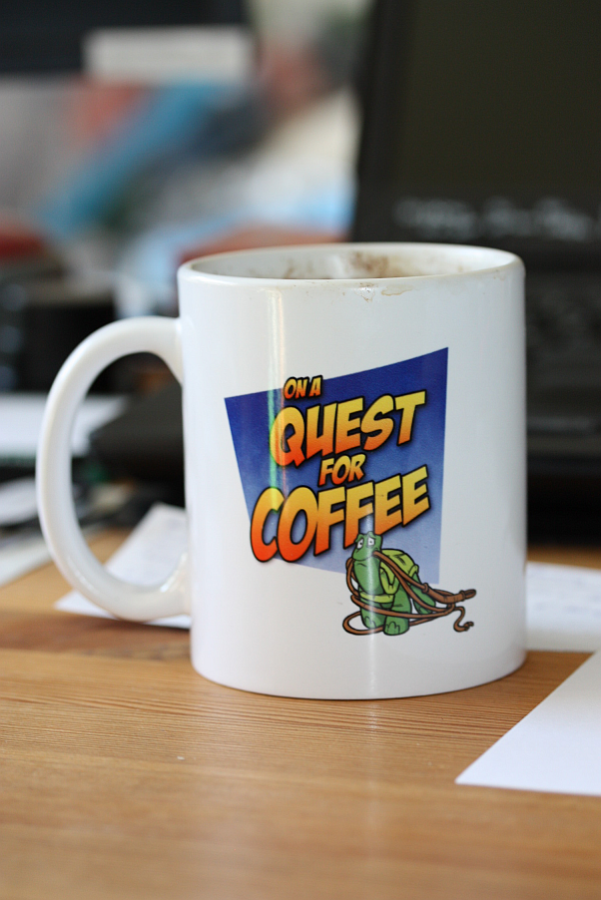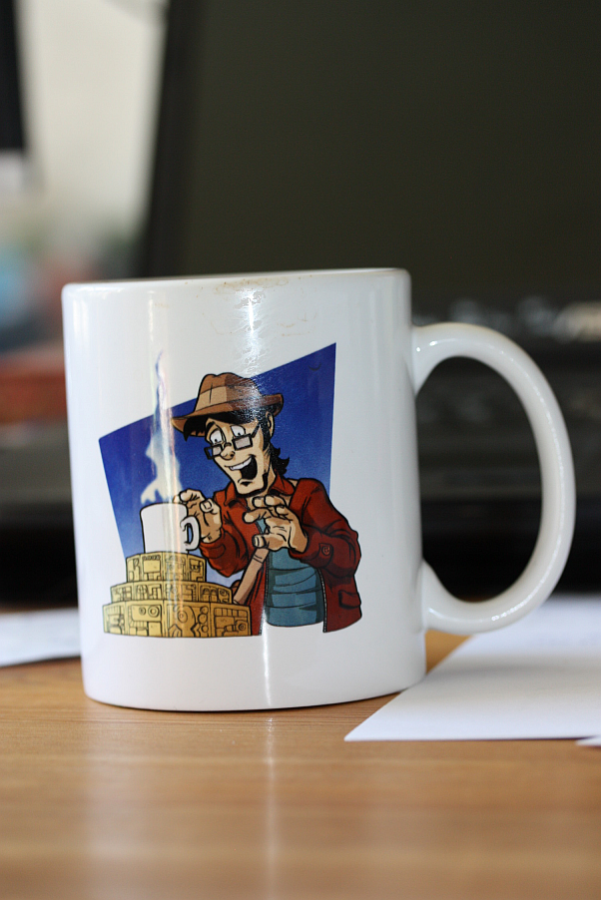Just before the year runs out, there are a few new things in the shop - two new kinds of combed top and two versions of a really helpful little tool.
Have I made you curious?
One of the new wools is Gotland wool, consisting of light and dark fibres of similar diameter, which results in a grey overall appearance - but the yarn will, on closer look, show the dark and light fibres. It makes for a fascinating spinning, and a similarly fascinating yarn!
[caption id="attachment_2821" align="alignnone" width="640"]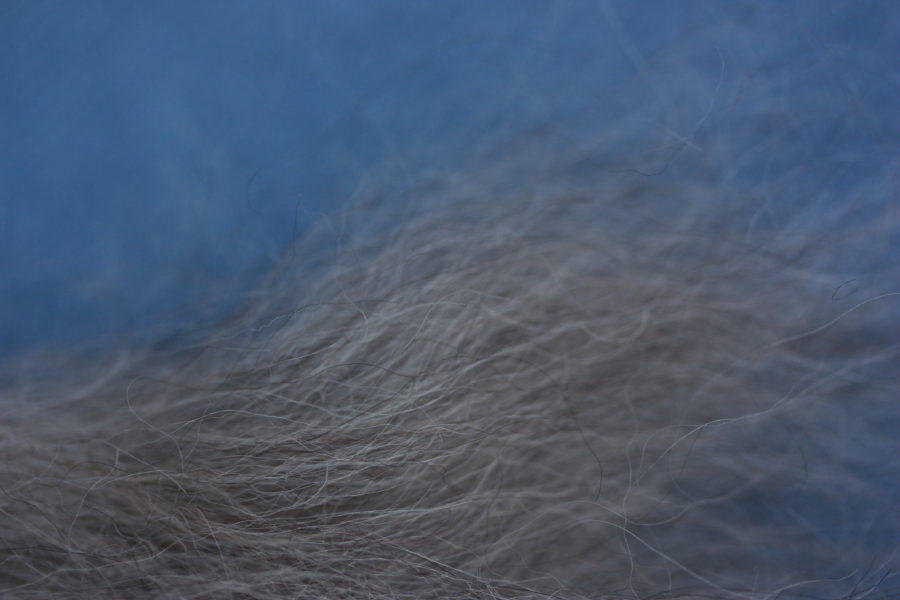 Black and white... makes grey. A really beautiful one in this case.
Black and white... makes grey. A really beautiful one in this case.
The other wool is similarly inhomogenous - but it also has different fibre diameters. It's light almost-white to dark brown in the individual fibres, resulting in a light to medium brown wool overall:
[caption id="attachment_2820" align="alignnone" width="640"]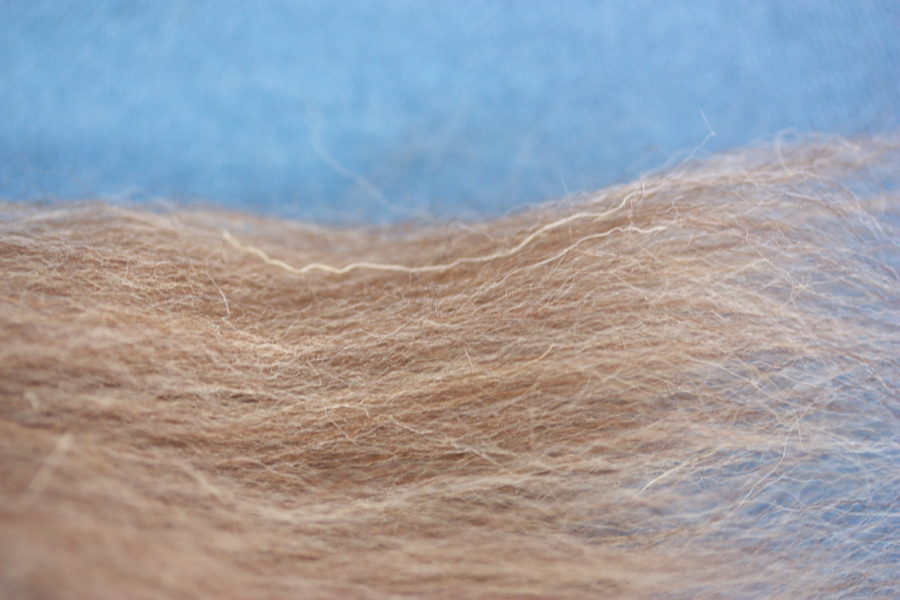 Have some variety. In your fibre diameter and in the colour!
Have some variety. In your fibre diameter and in the colour!
I'm even happier, though, about finally having a special kind of helpful tool in the shop: Thread Counters. One a little pricier, but with a higher-quality lens and made from sturdy metal:
[caption id="attachment_2819" align="alignnone" width="640"]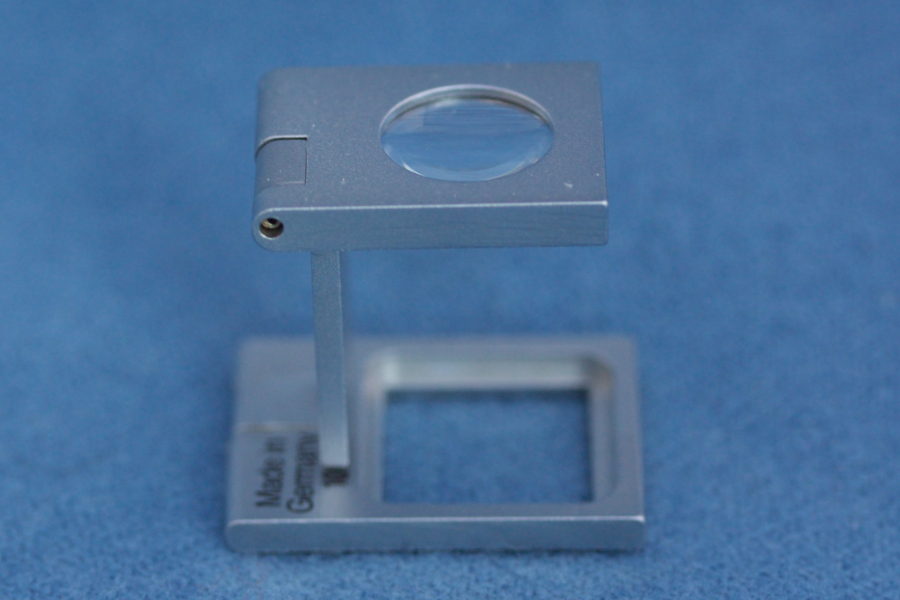 Metal Thread Counter
Metal Thread Counter
and the other, as the even more affordable option, made from high-quality plastic with a very good lightweight plastic lens:
[caption id="attachment_2818" align="alignnone" width="640"]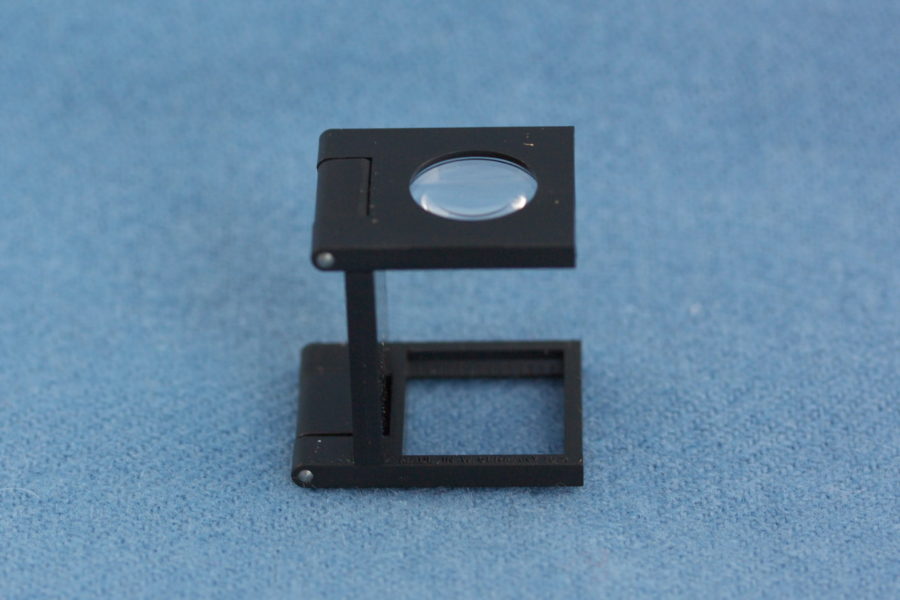 Plastic Thread Counter
Plastic Thread Counter
Both kinds are made by Eschenbach Optik (that have their company in the next large town over, which delights me no end, being a believer in regional trade and such) and they are made in Germany. Both have a tenfold magnification, which is the upper end of what thread counters usually do. I've used a thread counter for ages now (it's what I use for checking spinning angle, for instance), and having a good one really is incredibly helpful.
You can get more information about all these things in the shop - click the links in the text to get directly to the individual items, or this one here to get to the shop front, where they should all be waiting for you with their new friends...
Have I made you curious?
One of the new wools is Gotland wool, consisting of light and dark fibres of similar diameter, which results in a grey overall appearance - but the yarn will, on closer look, show the dark and light fibres. It makes for a fascinating spinning, and a similarly fascinating yarn!
[caption id="attachment_2821" align="alignnone" width="640"]
 Black and white... makes grey. A really beautiful one in this case.
Black and white... makes grey. A really beautiful one in this case.The other wool is similarly inhomogenous - but it also has different fibre diameters. It's light almost-white to dark brown in the individual fibres, resulting in a light to medium brown wool overall:
[caption id="attachment_2820" align="alignnone" width="640"]
 Have some variety. In your fibre diameter and in the colour!
Have some variety. In your fibre diameter and in the colour!I'm even happier, though, about finally having a special kind of helpful tool in the shop: Thread Counters. One a little pricier, but with a higher-quality lens and made from sturdy metal:
[caption id="attachment_2819" align="alignnone" width="640"]
 Metal Thread Counter
Metal Thread Counterand the other, as the even more affordable option, made from high-quality plastic with a very good lightweight plastic lens:
[caption id="attachment_2818" align="alignnone" width="640"]
 Plastic Thread Counter
Plastic Thread CounterBoth kinds are made by Eschenbach Optik (that have their company in the next large town over, which delights me no end, being a believer in regional trade and such) and they are made in Germany. Both have a tenfold magnification, which is the upper end of what thread counters usually do. I've used a thread counter for ages now (it's what I use for checking spinning angle, for instance), and having a good one really is incredibly helpful.
You can get more information about all these things in the shop - click the links in the text to get directly to the individual items, or this one here to get to the shop front, where they should all be waiting for you with their new friends...




